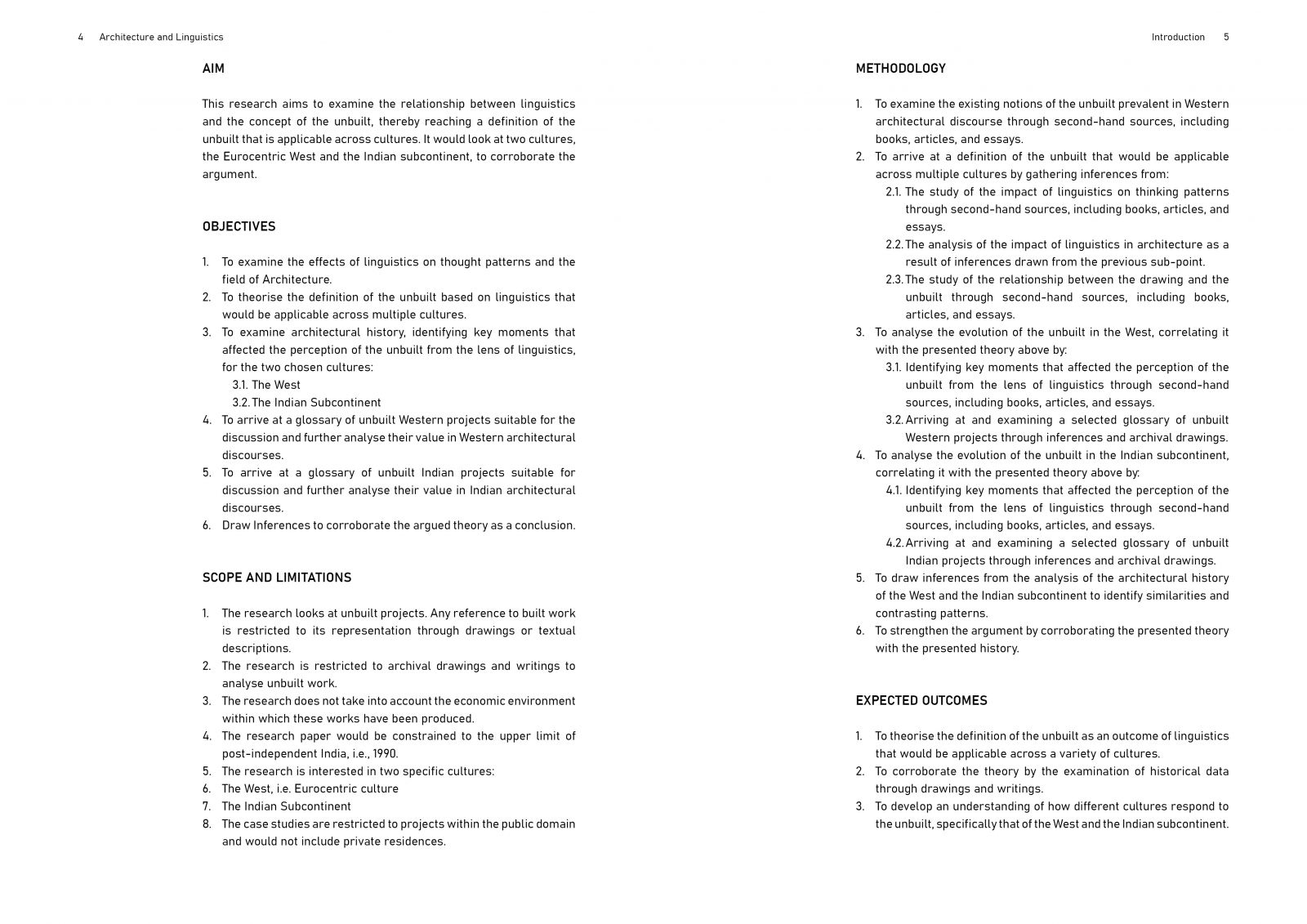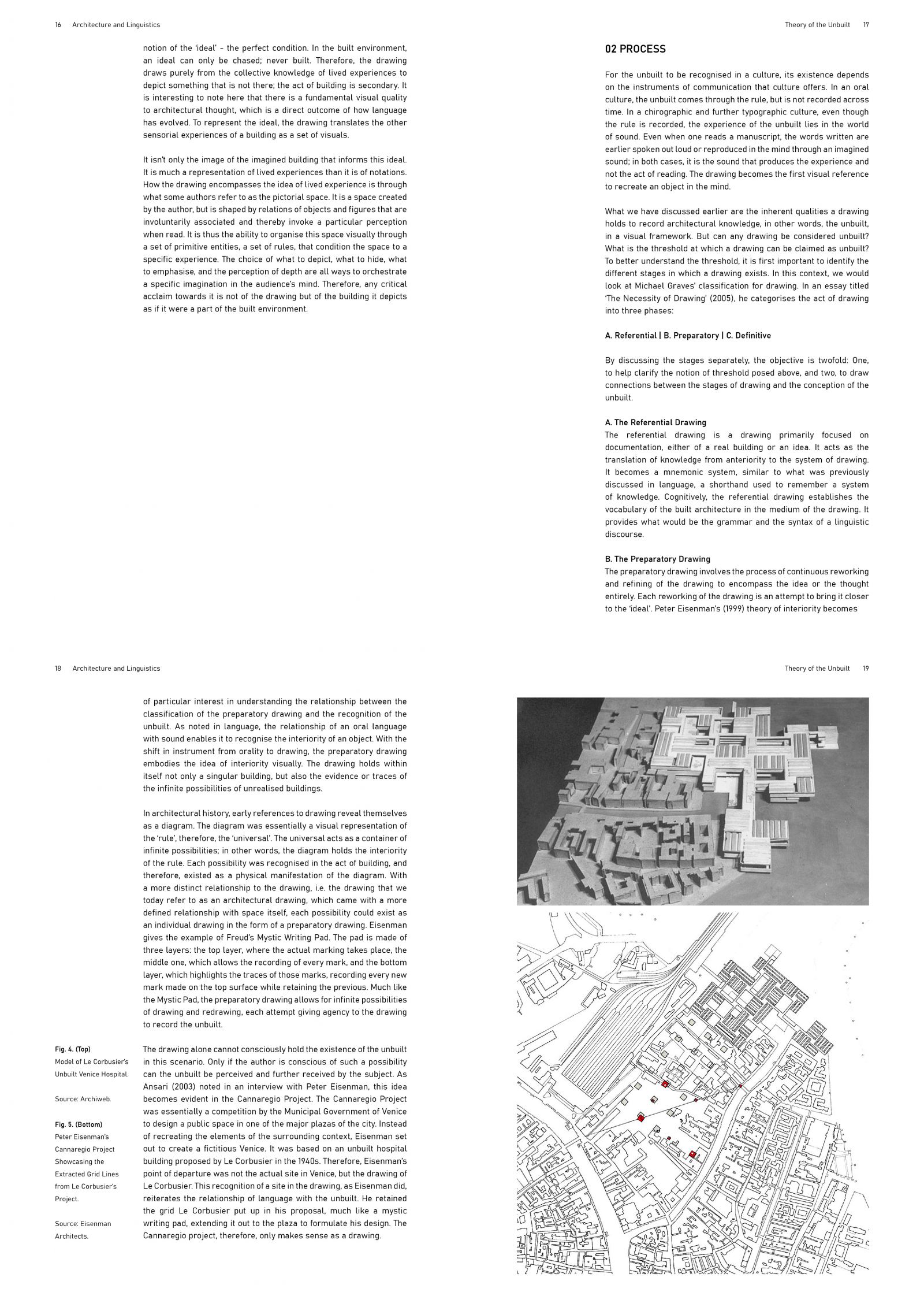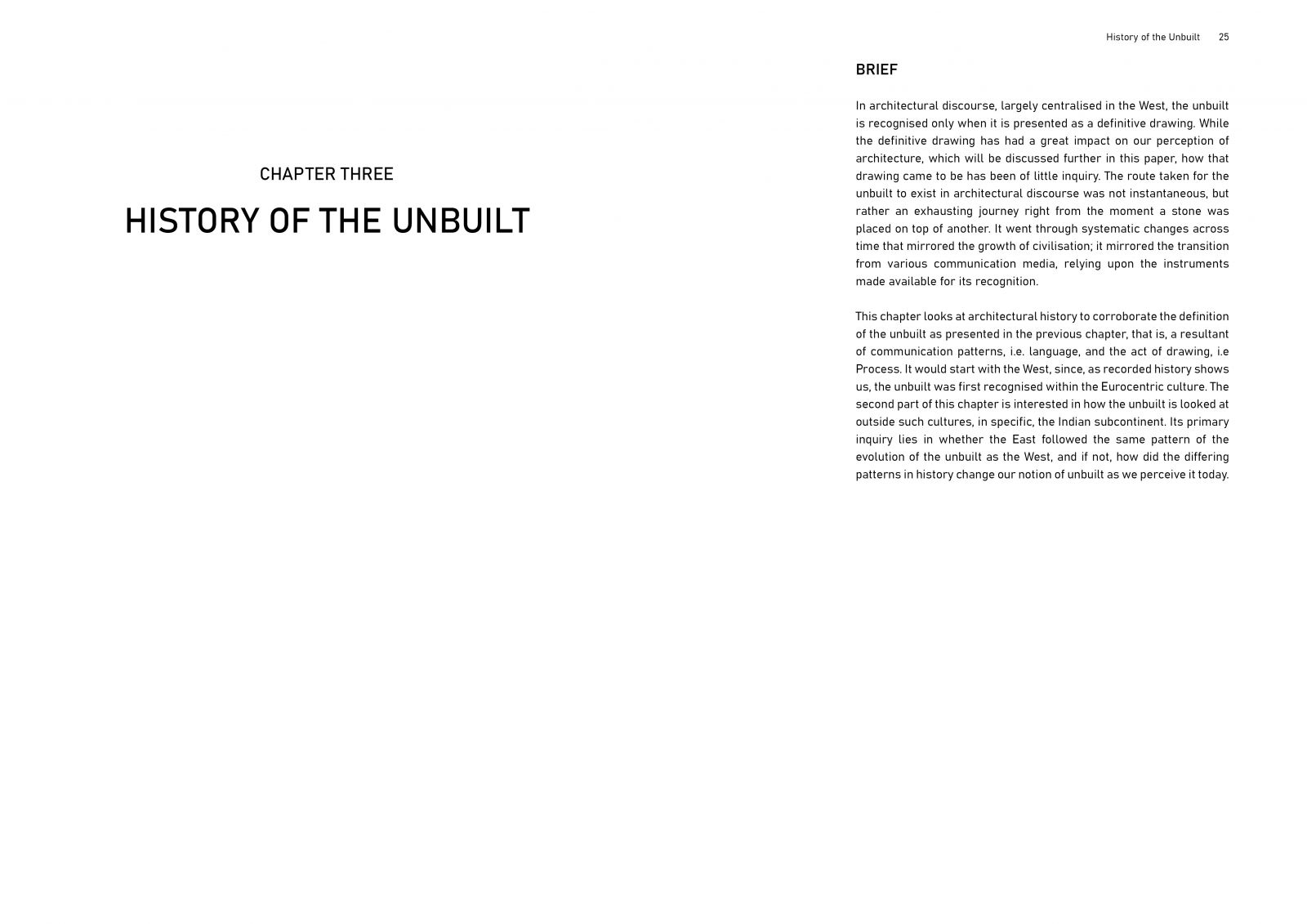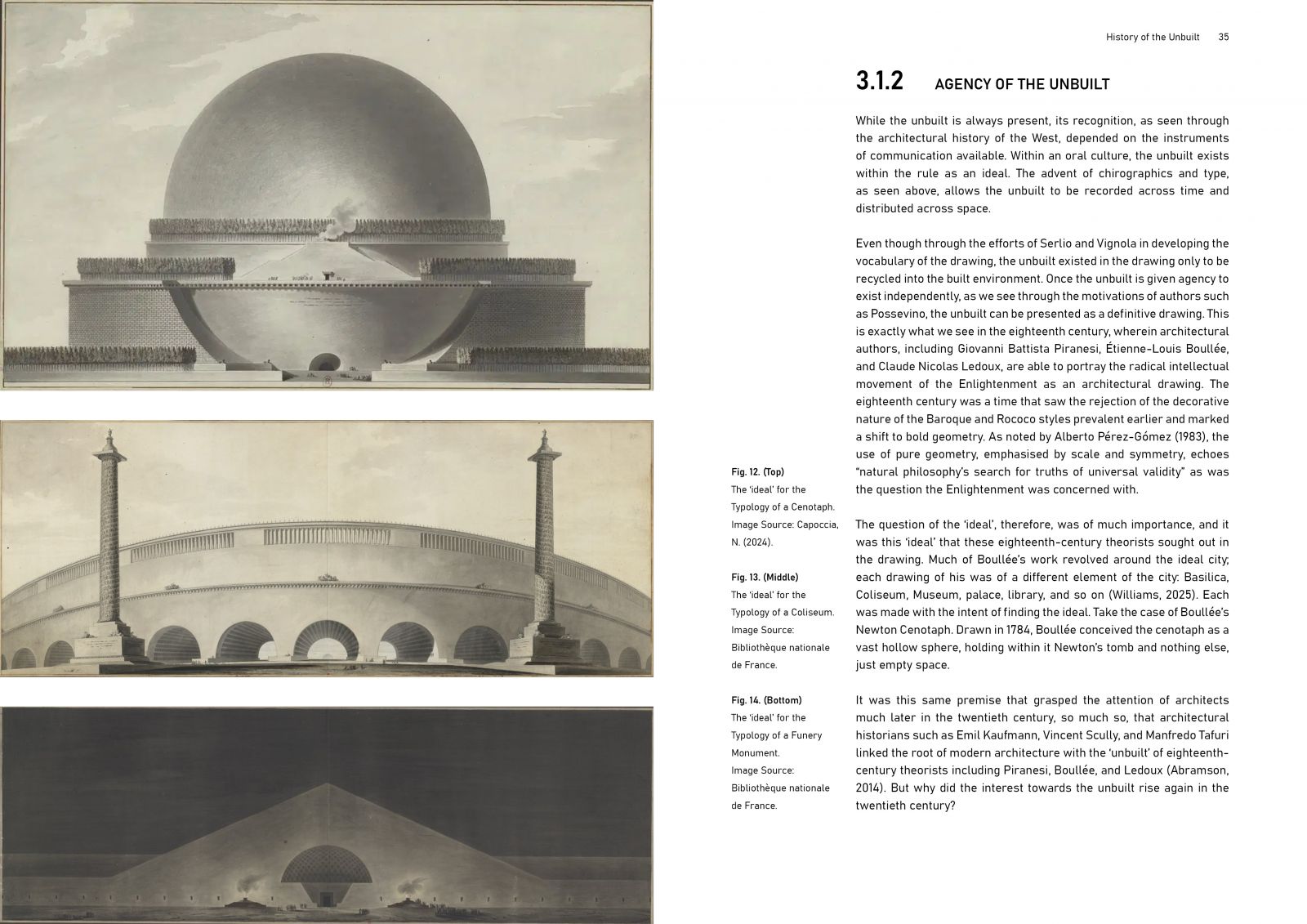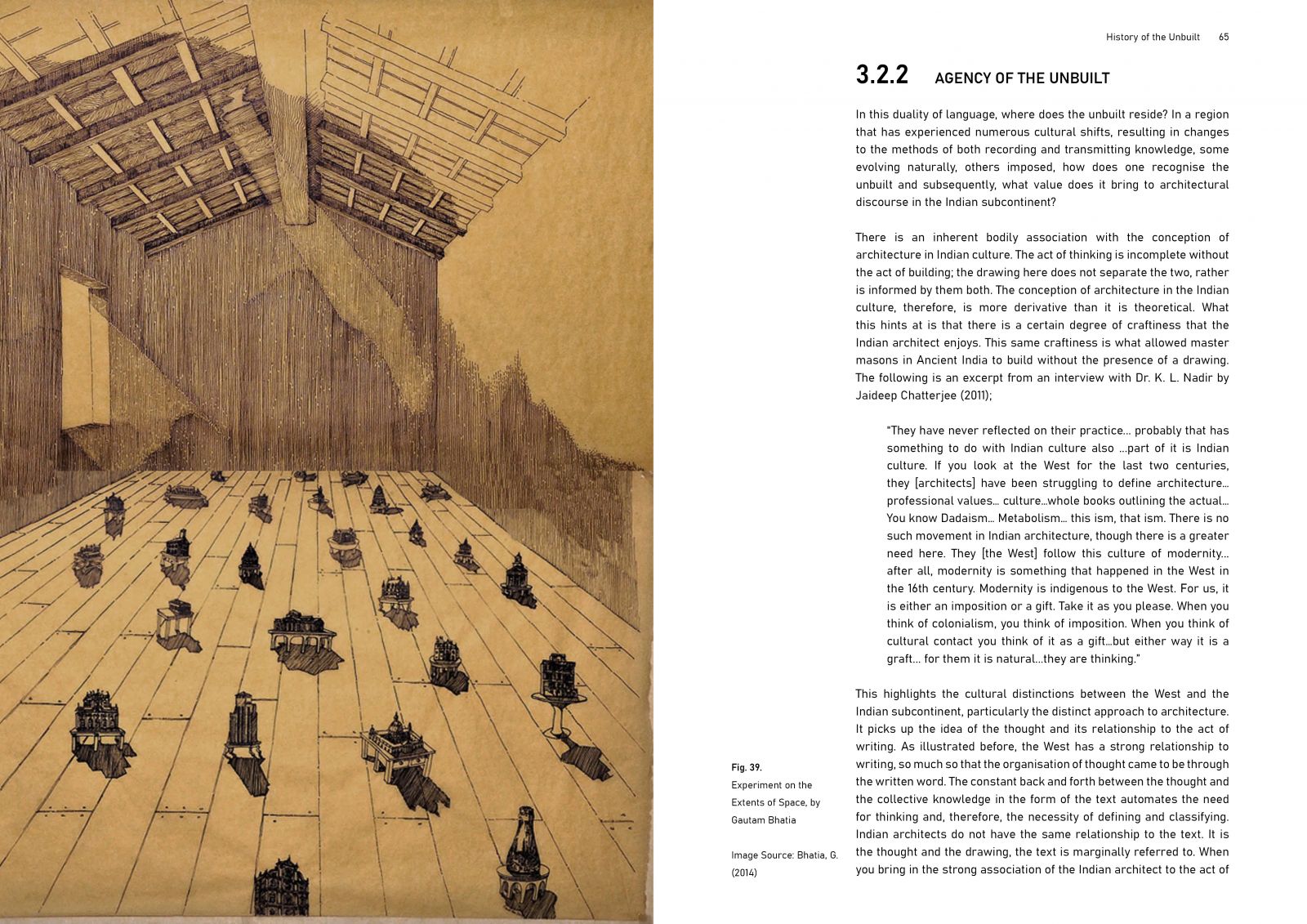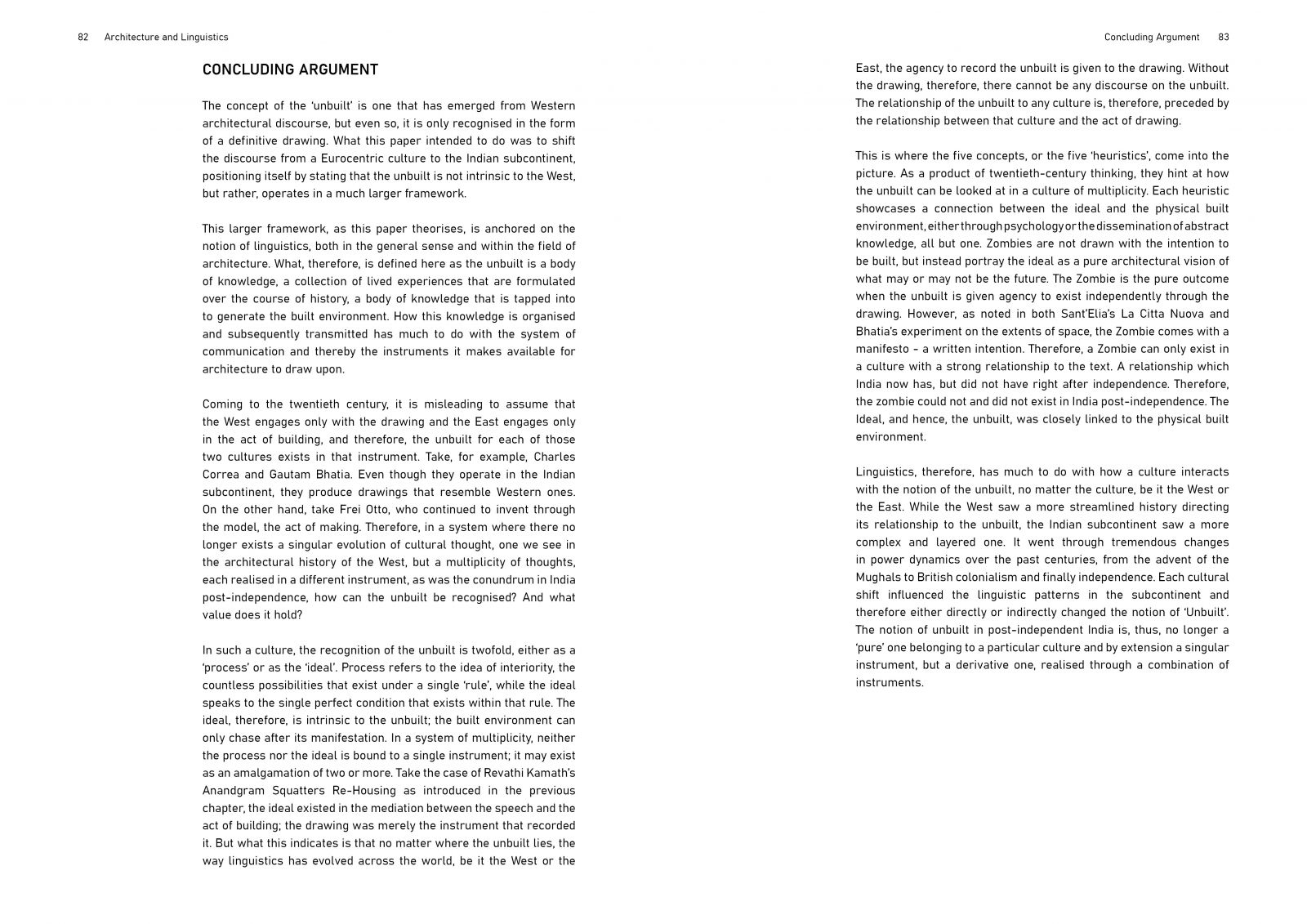Your browser is out-of-date!
For a richer surfing experience on our website, please update your browser. Update my browser now!
For a richer surfing experience on our website, please update your browser. Update my browser now!
Unbuilt America: Forgotten Architecture (1976), Unbuilt Oxford (1983), Unbuilt Netherlands (1985), Unbuilt Toronto (2008), Unbuilt Venice (2010), Houston Lost and Unbuilt (2010), Never Built Los Angeles (2013), Never Built New York (2016), India: Unbuilt architecture (2019), Atlas of Never Built Architecture (2024). Our association with the term ‘Unbuilt’ goes back millennia, the earliest known source going back to the Tower of Babel. However, as architectural history shows us, historians do not always recognise the value brought forth by the unbuilt. It wasn’t until the twentieth century that we saw the possibilities the unbuilt brought to architectural discourse. Architectural historians such as Emil Kaufmann, Vincent Scully, and Manfredo Tafuri linked the roots of modern architecture with the ‘unbuilt’ of eighteenth-century theorists, including Piranesi, Boullée, and Ledoux (Abramson, 2014). While history focuses on the unbuilt more as a product, this paper is interested in what the term ‘unbuilt’ actually means and how it evolved through the course of history to what we today recognise as unbuilt. What this paper argues is that the unbuilt is closely linked to the idea of linguistics, both in its general sense as language and in the field of architecture, as well as the notion of architectural representation. It is in such a structure that the unbuilt exists and therefore adds value to architectural discourse. The ‘Unbuilt’ of today is a concept that has emerged from the architectural history of the West. Right from the Bibliothèque du Roi, France, drawn by Etienne-Louis Boullée in 1785, to Villa Radieuse proposed by Le Corbusier in 1930, the production of the unbuilt has been given a certain agency in the West. Does it have the same agency when we come to the Indian Subcontinent? The Indian subcontinent has gone through tremendous changes in power dynamics over the past centuries, from the advent of the Mughals to British colonialism and finally independence. Each cultural shift has influenced architectural literacy in the subcontinent and therefore either directly or indirectly changed the notion of ‘Unbuilt’. In a culture that is deeply rooted in the action of ‘building’ architecture, what agency does the unbuilt have?
View Additional Work